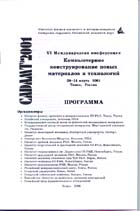
Simulation of Rock Behavior under Load Using Numerical Methods and Cell Automaton Algorithm



|
|
A.V.Shestopalov |

|
||
|
|
Simulation of Rock Behavior under Load Using Numerical Methods and Cell Automaton Algorithm |
|||
|
|
- Report of International Conference "CADAMT'2001" (March 29-31, 2001, Tomsk, Russia). |
Respected colleagues, ladies and gentlemens.

|

|

|

|

|

|

|

|

|
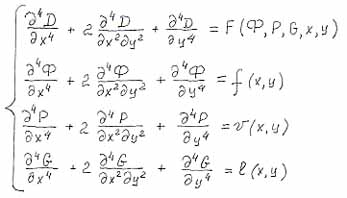

|

|
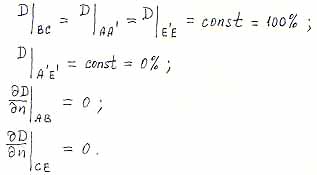

|





|

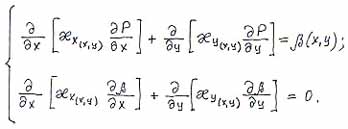
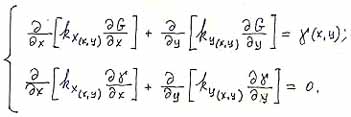

|







|
- scale factor. |

|
- pseudomelting criterion; |

|
- pseudoboil criterion. |

|

|
At the first critical point a new substance (methane) is generated at the tip of the growing crack. At the second point the methane amount is so large that all of it cannot filtrate into the opening and induces crack growth. |

|

|
Thank for attention.